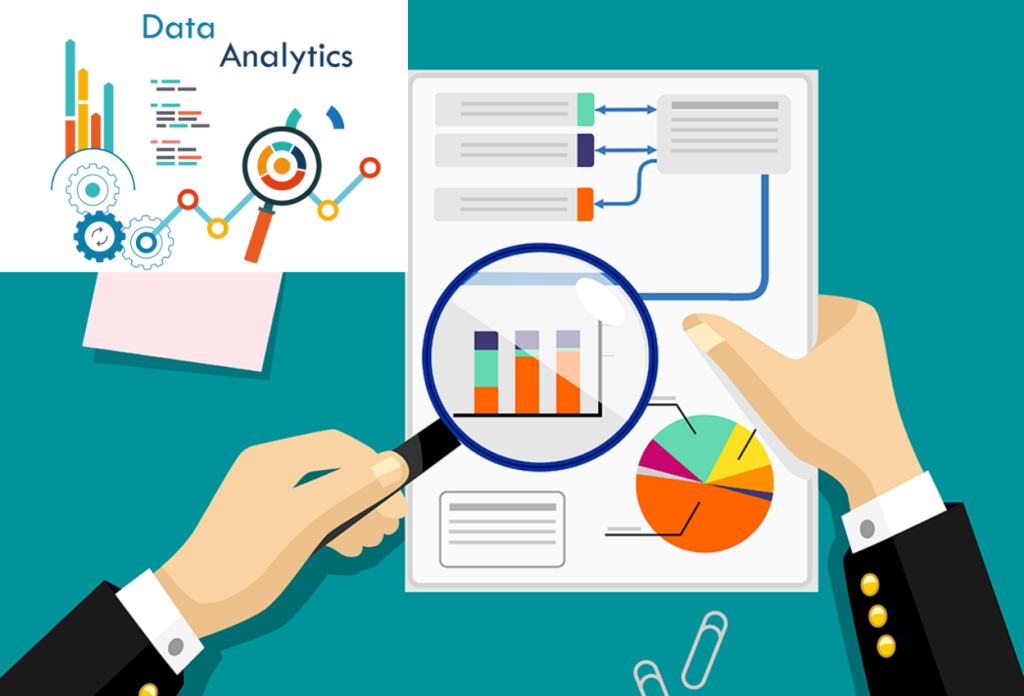
In today’s competitive business world, providing an outstanding customer experience is crucial for success. Data analytics plays a significant role in achieving this goal. Here’s how it can make a difference:
1. Understanding Customer Preferences
- Purchase History Analysis:
- By looking at what customers have bought in the past, businesses can identify their favorite products or services. For example, if a customer frequently purchases books of a certain genre from an online bookstore, the store can recommend similar books or new releases in that genre.
- This helps in offering personalized suggestions, making customers feel understood and increasing the likelihood of repeat purchases.
- Browsing Behavior Tracking:
- Monitoring how customers navigate through a website or an app gives insights into their interests. If a customer spends a lot of time looking at fitness products on an e-commerce site, the business can showcase relevant fitness gear or offer exclusive deals on such items.
- It enables companies to tailor the content and product displays according to individual customer preferences, enhancing the overall shopping experience.
2. Predicting Customer Needs
- Demand Forecasting:
- Analyzing historical data and market trends allows businesses to predict future demand for products or services. For instance, a clothing retailer can anticipate which styles will be popular in the upcoming season based on previous sales patterns and current fashion trends.
- They can then ensure they have enough stock of the in-demand items, reducing the chances of customers facing out-of-stock situations and improving their satisfaction.
- Customer Journey Prediction:
- Data analytics can map out the typical customer journey and predict where customers might face difficulties or drop off. For example, in an online subscription service, if many customers abandon the sign-up process at a certain step, the company can analyze the data to find out the reason and make improvements.
- By understanding these pain points in advance, businesses can take proactive measures to smooth the customer journey and make it more seamless.
3. Improving Customer Service
- Sentiment Analysis:
- Analyzing customer feedback from reviews, social media posts, and support tickets helps gauge how customers feel about the brand. If a lot of negative sentiment is detected around a particular product feature, the company can work on improving it.
- This allows for quick responses to customer concerns and shows that the business values their opinions, enhancing the relationship with customers.

- Customer Support Optimization:
- Data on common customer inquiries and the time it takes to resolve them can be used to optimize the customer support process. For example, if many customers ask the same question about a product’s setup, the company can create better tutorials or FAQs to address it.
- By streamlining support and providing faster, more accurate answers, customers will have a more pleasant experience when they encounter issues.
4. Personalizing Communication
- Email Marketing Customization:
- Using customer data, businesses can segment their email lists and send personalized marketing emails. Instead of sending generic promotions, they can target specific customers with offers relevant to their past purchases or interests.
- For example, a beauty brand can send exclusive discounts on skincare products to customers who have previously bought similar items, increasing the open and click-through rates of the emails.
- In-App Messaging:
- For mobile apps, personalized in-app messages can be sent based on the user’s behavior. If a user hasn’t logged in for a while, the app can send a friendly reminder or an incentive to encourage them to come back.
- This targeted communication makes customers feel special and engaged, strengthening their connection with the brand.
5. Enhancing the Omnichannel Experience
- Channel Preference Identification:
- Data analytics can reveal which channels customers prefer to use for different interactions, such as shopping, getting support, or seeking information. Some customers might like using the website, while others prefer mobile apps or social media platforms.
- By focusing on optimizing these preferred channels and ensuring a consistent experience across them, businesses can meet customer expectations and provide a seamless omnichannel experience.
- Cross-Channel Integration:
- Analyzing how customers move between different channels during their journey helps in integrating these channels better. For example, if a customer starts browsing products on a website and then switches to the mobile app to make a purchase, the business can ensure that the cart and product information are synchronized.
- This integration makes it convenient for customers and improves their overall perception of the brand.

In conclusion, data analytics offers powerful tools for businesses to understand their customers better, predict their needs, improve service, personalize communication, and enhance the omnichannel experience. By leveraging these capabilities, companies can significantly improve the customer experience and build stronger, more loyal customer relationships.





